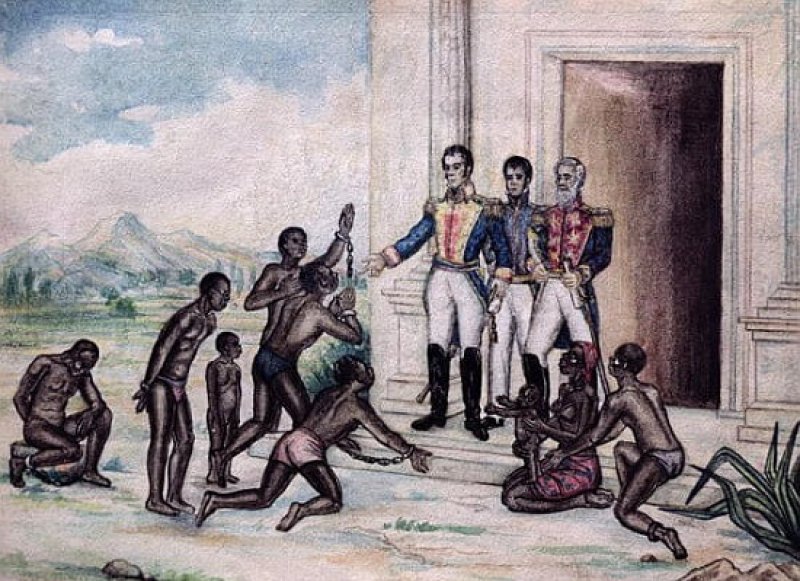In a study published [April 30] in the journal Current Biology, scientists tell the stories of three 16th-century enslaved Africans identified from a mass burial site in Mexico City, according to analyses of their bones.
…
The three individuals — SJN001, SJN002 and SJN003 — lived from about 1436 to 1626 during the Colonial period in Mexico City, according to radiocarbon dating. Their genetics suggested they were of Southern or Western African origin.
…
Osteobiographies, stories told by a person’s bones, revealed lives of severe hardship.
“The osteobiography revealed non-specific markers of physiological stress, evidence of occupational stress and healed severe wounds,” according to the study.
Based on evidence of the bones, SJN001 was around 24 years old when he died.
SJN001 showed “abnormal skeletal changes” that “are often in response to conditions associated with diet such as anemia and malnutrition, as well as parasitic infections and blood loss,” stated the report.
…
“This kind of analysis is particularly informative when studying the life history of enslaved people, as much of what we know about their lives comes from records that were kept by their oppressors, which are often considered to be biased and lacking in details about the origins and day-to-day lives of enslaved individuals,” said [doctoral candidate] Éadaoin Harney.































